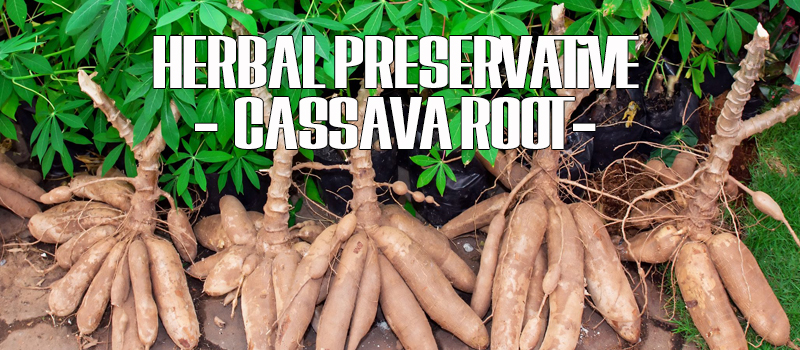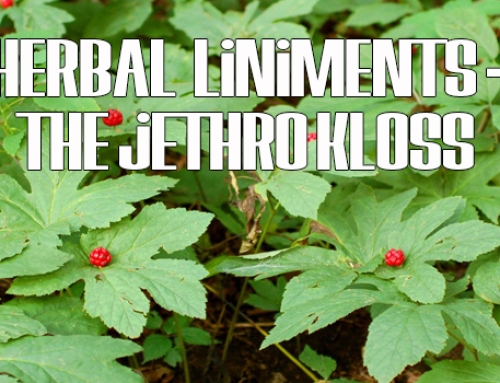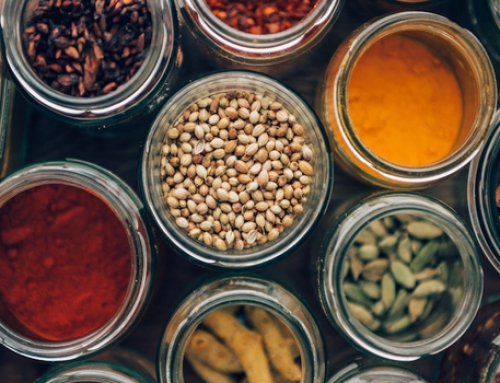 Preserving food, meats, and veggies can go to the exotic as well. There is a root, that Native Indians of South America used to make a black juice that could keep food for longer. It’s called Cassareep, it has been found to preserve meat in particular for long periods of time. Some even say INDEFINETLY.
Preserving food, meats, and veggies can go to the exotic as well. There is a root, that Native Indians of South America used to make a black juice that could keep food for longer. It’s called Cassareep, it has been found to preserve meat in particular for long periods of time. Some even say INDEFINETLY.
Where warm weather can make preserving food difficult, this tropical South American natural preservative, of the country of Guyana. A thick, black, caramelized syrup of the bitter cassava tuber. Called cassareep, it is a seasoning with a long history, and its antiseptic and preservative properties, it’s said, allow meat cooked with the syrup to last without refrigeration for several, several days.
To make cassareep, the Guyanese people grate and squeeze bitter cassava to extract the juice. Eating bitter cassava raw is a death wish; it contains a compound that the human body converts into hydrogen cyanide. However, boiling the juice and adding cinnamon, brown sugar, and cloves makes the sauce both safe and tasty. Follow the recipe below once you have the thick syrup to make a dish that is a preserved Guyanese specialty dish.
Nowadays, most Cassareep is exported from Guyana, South America, and is available in bottled form in the specialty aisle at the grocery store.
Using Cassareep has a twofold purpose:
One to preserve meat and two, in particular its wonderful bittersweet flavor. Cassareep can be used as flavoring to dishes as well as certain soup recipes.
Now the Antiseptic quality of Cassareep is the wonderment of the Root:
This property allows food to be kept outside of the fridge and in open air as long as the mixture itself is kept free from outside pollutants such as saliva.
As long as you add additional game or meat that you buy hunt or trap, you add additional Cassareep, this can be continued, as stated, indefinitely.
There is a legend that there was a Pepperpot (A dish made from Cassareep and meat) that was maintained like this for more than 100 years! In Dutch Guyana also called Suriname, Dutch planters reportedly had these dishes in daily use and kept them cooking for an incredible amount of years.
The “preserving process” is quite simple. Here’s what you need, in order to make the “PepperPot Stew”:
- 1 bay leaf
- 4 cups water
- 2 sticks of cinnamon spice
- 12 heads of clove 1/2 cup chopped celery
- 3 teaspoons brown sugar 2 tablespoons seasoning salt
- 1 hot red whole pepper
- 1/4 teaspoon dried thyme
- 2 teaspoons black pepper
- 5 lbs salt beef (chopped)
- 5 lbs cow heel (chopped) optional
- 5 lbs beef (chopped)
- 1 bunch fresh parsley – chopped
- 1 teaspoon salt or (or to taste)
- 7 Ounces Cassreep
Instructions:
Wash and season the meat with black pepper and salt.
Place all ingredients in a large pot of water, approximately 4 – 5 cups of water, enough to cover the meat.
Add peppers to flavor
Cover and bring to a boil for about 2 hours, or until meat is very tender, and the water is 1/4 of its original content. This water becomes your pepper pot sauce.
Put the content into a jar or keep it in the bowl.
Simply warm and re-use any time you are hungry.
Using Cassareep prevents this dish from spoiling for at least a few weeks unrefrigerated.
To keep the Pepper Pot lasting for years on end, native Indians constantly added Cassreep and game meat to the pot… and boiled it again every time they added new stuff.
This is important to know:
1 – Using a dirty (un-washed) spoon or a spoon that was used in any other food will deteriorate the Pepper Pot and cause spoilage almost immediately;
2 – Never eat directly from the pot. If you use a spoon, after you eat the first one you will infest the pot with bacteria from your saliva which will spoil the whole pot. Also: never taste it with the same spoon more than once – directly from the pot.
3 – Pepper pot should be served the day after cooking but it gets tastier with age (after the first week)
4 – Do not use/eat the root directly – it is poisonous; do not attempt to extract the Cassareep from the root unless you know what you are doing.






